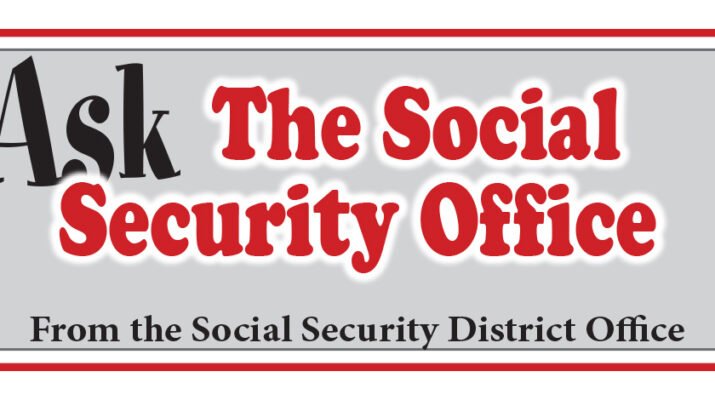By Warren Beck | Social Security District Manager in Syracuse
A personal My Social Security account can be helpful in so many ways. You can benefit from its personalized tools even if you are not retired or close to retirement.
With your personal My Social Security account, you can do much of your business with us online. You rarely need to call or visit a local Social Security office once you have one.
Let’s look at some of the features offered by an account.
If you do not receive benefits, you can:
• Request a replacement Social Security card (in most states and the District of Columbia).
• Check personalized retirement benefit estimates to compare different dates or ages to begin receiving benefits.
• Check the status of your Social Security application after you apply.
• Get proof that you do not receive benefits.
• Get your Social Security statement.
If you already receive benefits, you can:
• Request a replacement Social Security card (in most states and the District of Columbia).
• Get a benefit verification or proof of income letter.
• Update your direct deposit (Social Security benefits only).
• Update contact information (Social Security benefits only).
• Get a Social Security tax form (1099/1042S).
• Opt out of receiving certain notices by mail and receive them in the secure message center.
Please help us spread the news! Let your family and friends know that they can create a personal my Social Security account today at www.ssa.gov/myaccount.
Q&A
Q: I know you need to have limited resources to receive Supplemental Security Income (SSI). But what is considered a resource?
A: Resources are things you own that you can use for support. They include cash, real estate, personal belongings, bank accounts, stocks, and bonds. To be eligible for SSI a person must have no more than $2,000 in countable resources. A married couple must have no more than $3,000 in countable resources. If you own resources over the SSI limit, you may be able to get SSI benefits while trying to sell the resources. Not all of your resources count toward the SSI resource limit. For example:
• The home you live in and the land it’s on do not count.
• Your personal effects and household goods do not count.
• Life insurance policies may not count, depending on their value.
• Your car usually does not count.
• Burial plots for you and members of your immediate family do not count.
• Up to $1,500 in burial funds for you and up to $1,500 in burial funds for your spouse may not count.
• If you are blind or have a disability, some items may not count if you plan to use them to work or earn extra income.
You may also wish to read our material on “resources” in the booklet, “Understanding SSI” at www.ssa.gov/ssi/text-understanding-ssi.htm.
Q: What is substantial gainful activity (SGA)?
A: We use the term “substantial gainful activity,” or “SGA,” to describe a level of work activity and earnings. Work is “substantial” if it involves doing significant physical or mental activities or a combination of both.
If you earn more than a certain amount and are doing productive work, we generally consider you to be engaging in SGA. For example, the monthly SGA amount for 2024 is $1,550. For a statutorily blind person, that amount is $2,590. In these cases, you would not be eligible for disability benefits if you made more than those amounts. You can read more about substantial gainful activity and determine if your earnings are considered as SGA at www.ssa.gov/oact/cola/sga.html.
Q: I’m expecting a baby this June. What do I need to do to get a Social Security number for my baby?
A: The easiest way to apply for a number for your newborn is at the hospital when you apply for your baby’s birth certificate. The state agency that issues birth certificates will share your child’s information with us and we will assign a number and mail the Social Security card to you. You can learn more about the “Social Security number and card by reading our online publication. Social Security Numbers for Children”, available at www.ssa.gov/pubs/EN-05-10023.pdf.

